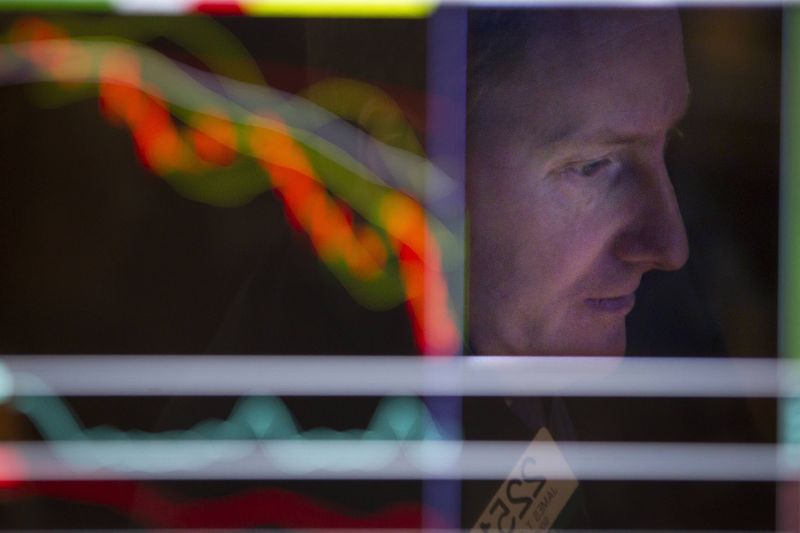By Zandi Shabalala
LONDON (Reuters) - Supply disruptions and historically low inventories are unlikely to mean shortages of the auto battery metal lead due to sliding demand in top consumer China, where growth is under pressure because of the U.S.-China trade dispute.
Benchmark lead prices on the London Metal Exchange (LME) touched more than $2,110 a tonne on July 25, the highest since mid-March, propelled by production losses at Belgian-listed Nyrstar's (BR:NYR) Port Pirie smelter in Australia.
Prices have since moderated to around $1,946 after Port Pirie restarted and metal flowed into LME warehouses.
"The market was getting tighter over the summer outside of China, but we have seen a lot of lead going into LME (approved warehouses) recently. That suggests there isn't a genuine shortage," CRU analyst Neil Hawkes said.
GRAPHIC: LME lead prices - https://tmsnrt.rs/2KpKxq6
Lead supplies have also been boosted by ramp-ups at mines that produce sister metal zinc such as Glencore's (L:GLEN) Lady Loretta in Australia and Newmont Goldcorp's (N:NEM) Peñasquito mine in Mexico. Zinc and lead are mined together, so any upsurge in production of zinc can prompt higher output of lead.
"The market is transitioning into surplus for both concentrates and refined lead," Wood Mackenzie analyst Farid Ahmed said. " Nyrstar is not enough to pitch the market in any meaningful way into deficit."
Chinese demand for lead, which is mainly used in car batteries, has been slower than expected this year as the Sino-U.S. trade war has undermined automobile sales in China, the top consumer of industrial metals.
Motor vehicle production in China fell 15% in June, the 11th monthly decline in a row, data from the country's National Bureau of Statistics showed.
China accounts for 40-45% of global demand in the near 12-million-tonne lead market, according to CRU Group.
GRAPHIC: Lead usage by region - https://tmsnrt.rs/331WICd
GRAPHIC: China lead imports - https://tmsnrt.rs/2KldfbJ
"Lead demand growth in the world ex-China will outpace China – and we are now looking at a second year in a row of falling Chinese lead demand this year before a token rise in 2020," CRU's Hawkes said.
In North America, shipments of new and replacement automotive batteries fell 7% year-on-year in June, figures from Battery Council International showed.
Meanwhile, WoodMac's Ahmed expects a surplus of about 70,000 tonnes in the refined lead market this year after four years of deficit. CRU Group's Hawkes sees a modest deficit of about 50,000 tonnes.
The International Lead and Zinc Study Group forecasts a surplus of 71,000 tonnes this year following a deficit of 79,000 tonnes in 2018.
GRAPHIC: Global refined lead market - https://tmsnrt.rs/2KknAET
Lead inventories in LME-approved warehouses , fell to their lowest since 2009 on July 25, before surging about 50% in a week to 85,375 tonnes on Friday.
There was plenty of lead also in warehouses monitored by the Shanghai Futures Exchange, where stocks have nearly tripled since January to 40,497 tonnes .
GRAPHIC: Lead stocks on ShFE and LME - https://tmsnrt.rs/33a8oCL
A bright spot for lead demand is India, where usage of lead-acid batteries is expected to grow faster than any other market over the next few years.
"The powerhouse behind lead growth previously was China," WoodMac's Ahmed said. "Now it's all about India because China's lead demand has fallen and is now in step with global growth."
Indian demand for lead is seen growing by around 5% annually between 2019 and 2025 compared to an average rise of 1.1% in the rest of the world excluding China, WoodMac says.
CRU puts Indian lead demand at 600,000 tonnes in 2018.
